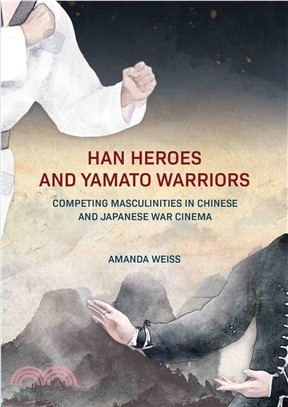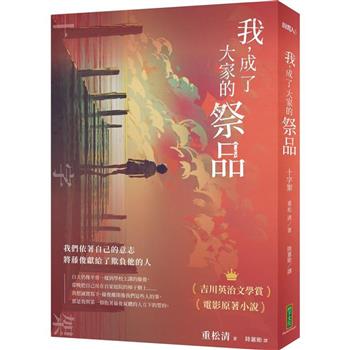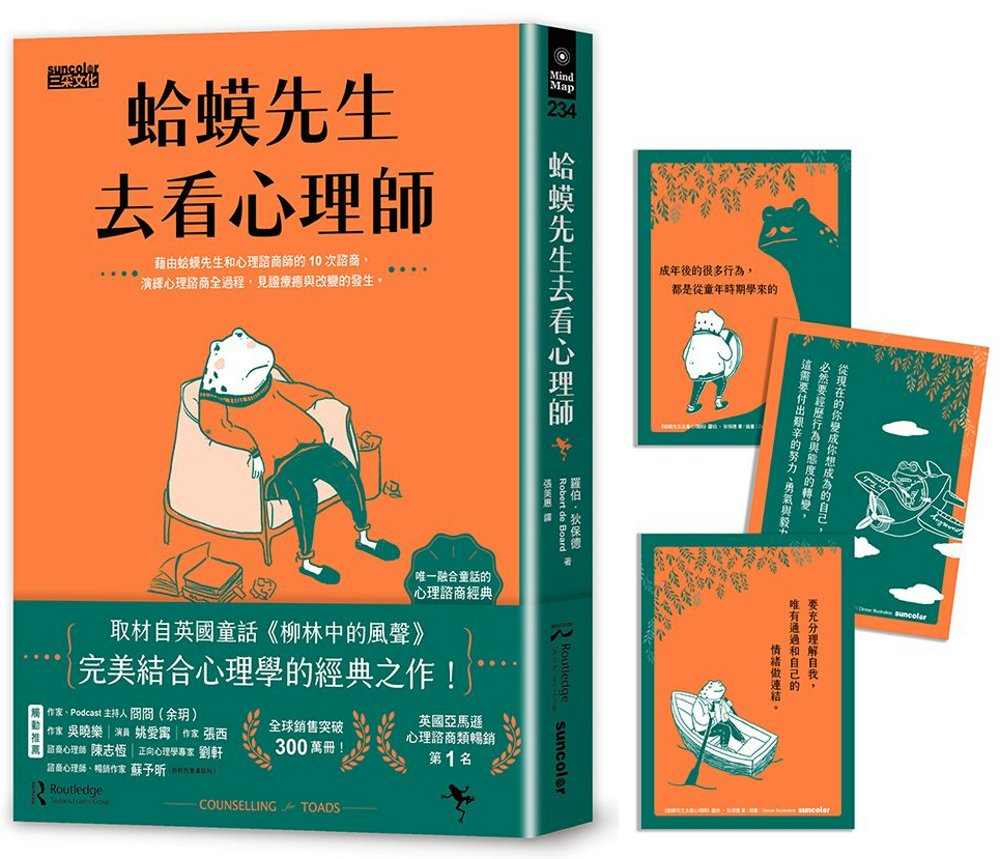An exploration of collective memory through the lens of East Asian film during World War II。 Taking the "tidal wave" of memory in the late twentieth and early twenty-first century as its starting point, this monograph explores the collective memory of World War II in East Asia (1937-1945) through film。 Weiss argues that Chinese, Japanese, and American remembrance of World War II is intertwined in what she terms a "memory loop," the transnational mediation and remediation of war narratives。 Gender is central to this process, as the changing representation of male soldiers, political leaders, and patriarchal father figures within these narratives reveals Japanese and Chinese challenges to each other and to the perceived "foundational" American narrative of the war。 This process continues to intensify due to the globally visible nature of the memory loop, which drives this cycle of transmission, translation, and reassessment。 This volume is the first to bring together a collection of Chinese and Japanese war films that have received little attention in English-language literature。 It also produces new readings of popular war memory in East Asia by revealing the gendered dimensions of collective remembrance in these films。
日本語原文:
1980年代以降、日本と中国の戦争映画は、まったく異なる方向に向かい、それぞれナショナリスティックな語りを発達させてきたと考えられている。しかし、映画とはトランスナショナルな大衆的記憶の技術であると考えるヴァイスは、この両国のナショナリズムと根深く結びついた戦争映画の表象に、国境を越える相互の作用や反作用のループがあることを発見していく。彼女が東京裁判、戦士の表象、レイプ、和解といった映像イメージの中に国境を越える記憶の交錯を捉える手際は鮮やかである。本書はそれ自体、日中の言語を完全に理解し、日本で長く暮らす中でこの国の人々の意識のうごめきを深く理解し、フィルム・スタディーズはもちろん、アジアの近現代史やカルチュラル・スタディーズ、ジェンダー・スタディーズを知悉したヴァイスでなければできない越境的な達成である。
| FindBook |
有 3 項符合
Han Heroes and Yamato Warriors: Competing Masculinities in Chinese and Japanese War Cinema的圖書 |
 |
Han Heroes and Yamato Warriors: Competing Masculinities in Chinese and Japanese War Cinema 作者:Amanda Weiss 出版社:香港大學出版社 出版日期:2023-08-01 規格:22.9cm*15.2cm*1.5cm (高/寬/厚) / 精裝 / 180頁 |
| 圖書選購 |
| 型式 | 價格 | 供應商 | 所屬目錄 | $ 1406 |
藝術設計 |
$ 1655 |
中文書 |
$ 1655 |
電影 |
|---|
| 圖書館借閱 |
| 國家圖書館 | 全國圖書書目資訊網 | 國立公共資訊圖書館 | 電子書服務平台 | MetaCat 跨館整合查詢 |
| 臺北市立圖書館 | 新北市立圖書館 | 基隆市公共圖書館 | 桃園市立圖書館 | 新竹縣公共圖書館 |
| 苗栗縣立圖書館 | 臺中市立圖書館 | 彰化縣公共圖書館 | 南投縣文化局 | 雲林縣公共圖書館 |
| 嘉義縣圖書館 | 臺南市立圖書館 | 高雄市立圖書館 | 屏東縣公共圖書館 | 宜蘭縣公共圖書館 |
| 花蓮縣文化局 | 臺東縣文化處 |
|
|
圖書介紹 - 資料來源:博客來 評分:
圖書名稱:Han Heroes and Yamato Warriors: Competing Masculinities in Chinese and Japanese War Cinema
|











